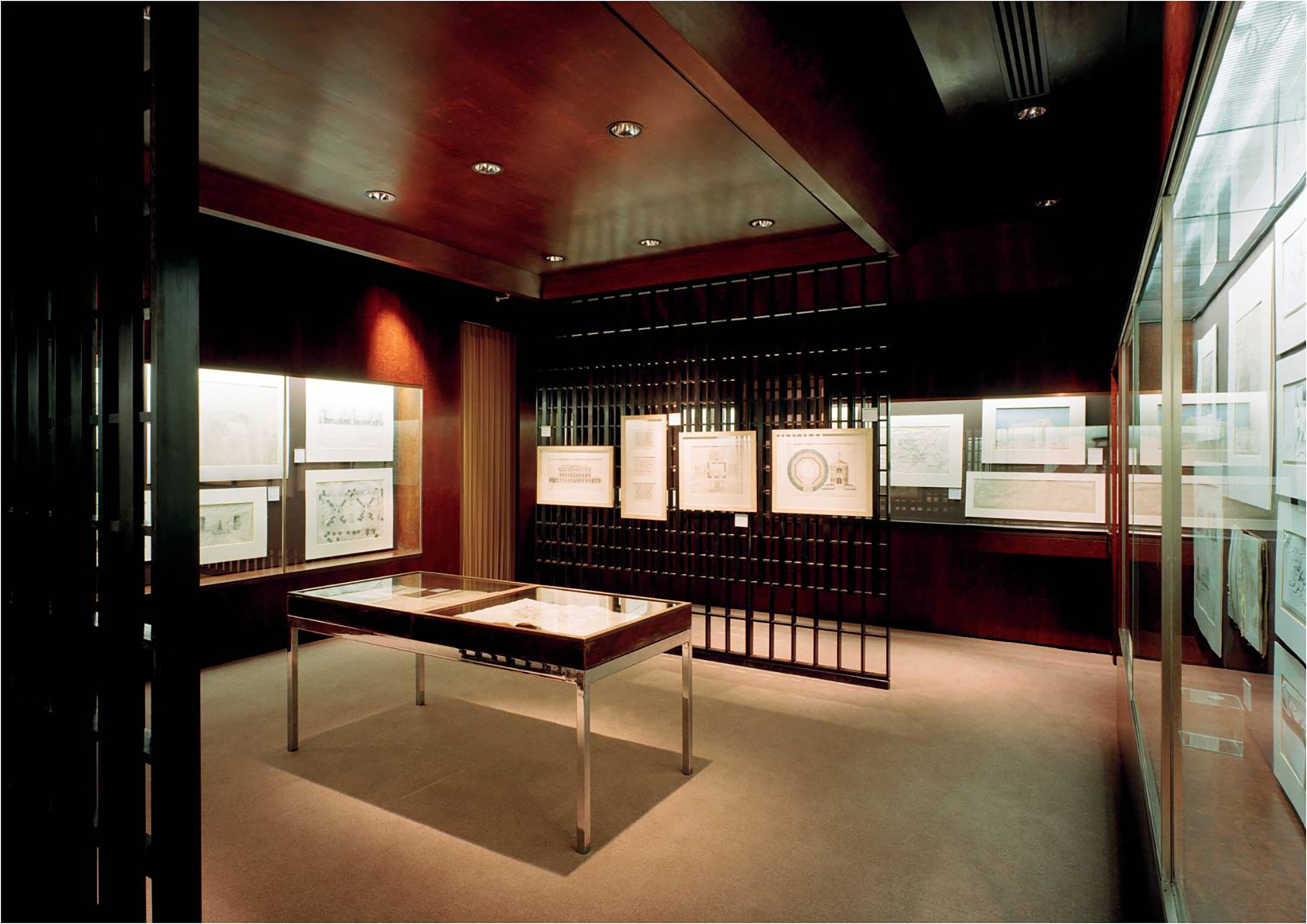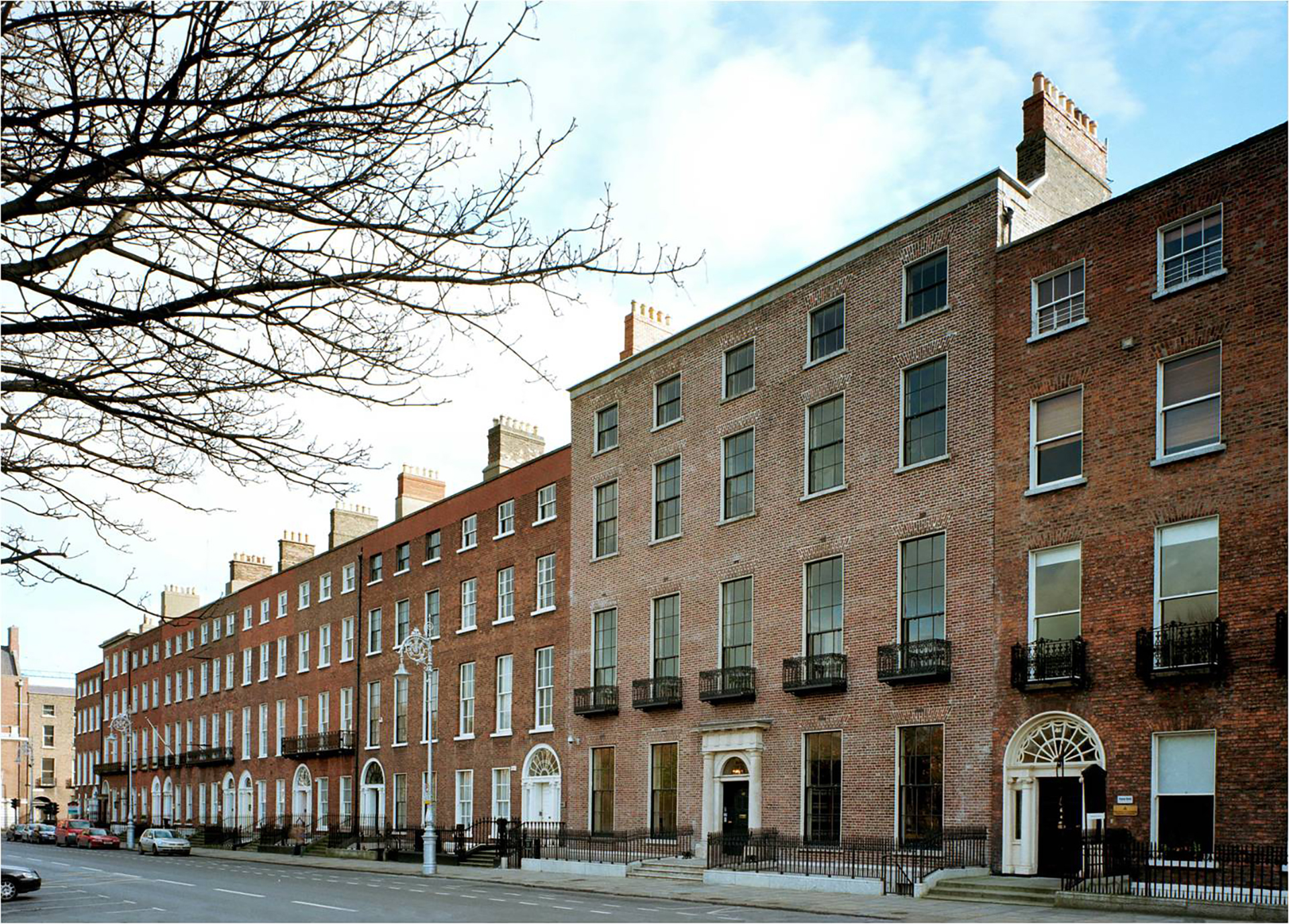
Donations of material to the Architectural Archive are always welcome. The Archive collects, preserves, and makes available to the public, material of every kind relating to Irish architecture. A donation can comprise anything from a single book, letter, drawing or photo to the entire archive of an international architectural practice.
We were delighted recently to receive a donation by Mr John Lyons of Dublin of documents relating to his grand uncle Finian H. Tallan, architect, of Drogheda, who died in 1908. As Mr Lyons described to us, this professional material was put in a chest and subsequently lay undisturbed for almost 100 years. The collection chiefly comprises books, such as trade catalogues and text books, but also includes a damp-press letter-book (an early means of duplication of documents), and a professional ‘scribbling diary’ for 1904.
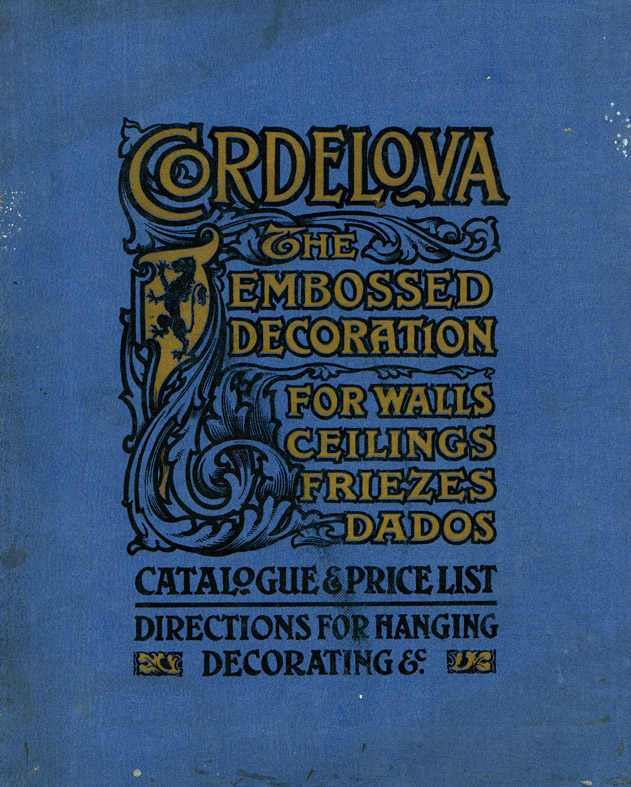
Finian (Finnie) Tallan was born on the 9th January 1881, one of six children of Thomas Tallan a town councillor of Drogheda. His sudden and early death at the age of just 27 cut short what looked set to be a diligent life and promising career.
An architect’s library could – by necessity – be quite sizeable. Tallan’s collection of books is no exception. The surviving volumes number some forty items and give an insight into the various aspects of the working life of an architect at the time. Presumably all practising architects had their own much-consulted copy of The Architects Compendium and Catalogue, a substantial tome of over a thousand pages. Similarly, the volumes Notes on Building Construction and Nicholson’s Architecture would also be much used by the busy architect. The volume An Encyclopaedia of Cottage, Farm and Villa Architecture and Furniture by J.C. Loudon (originally published in 1846), would have been a well-known book, and its place in Tallan’s collection possibly points to an architect with a particular interest in the architectural history of rural house design.
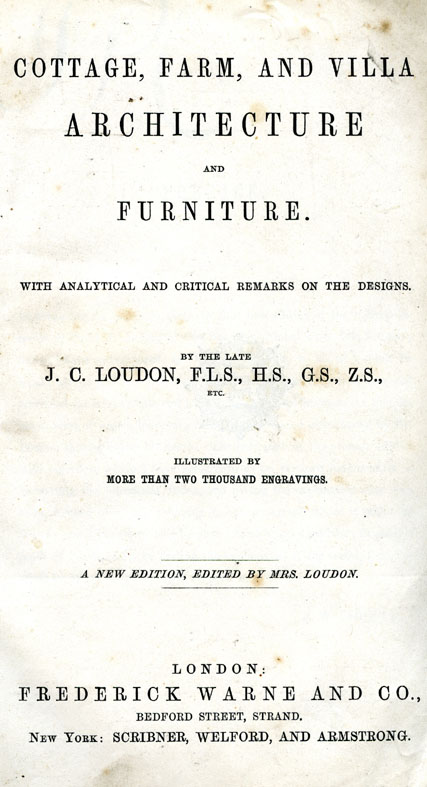
In addition to the structural textbooks and architectural history reference books, there is an extensive number of trade catalogues in Tallan’s collection.
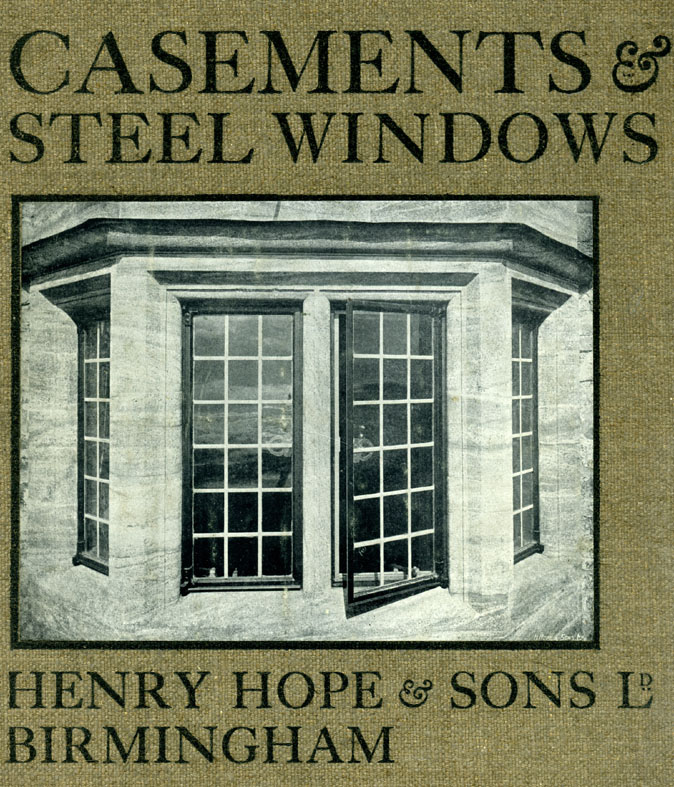
These not only remind us of all the elements and components an architect of the time had to consider but also they provide an invaluable resource to us – an architectural archive in the twenty-first century – for the conservation architects, interior designers and architectural historians of today interested in the technologies and stylistic features of Edwardian architecture. From the embossed decorations, steel sash windows and ‘sanitary specialities’ of the family home, to the various radiator designs, iron staircases and lift shafts of public buildings, to the coal plates and pavement lights of the urban streets – we have a catalogue for them all.
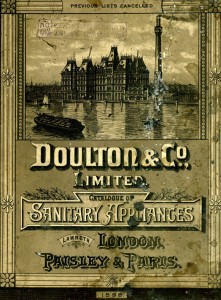
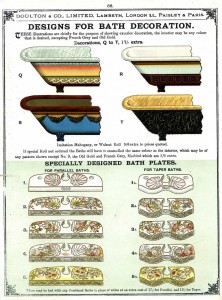
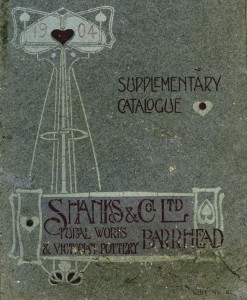
The most personal item in the collection is the ‘Scribbling Diary’ for 1904. Along with the letter-book for the years 1903-06, this diary records the communications and negotiations involved in Tallan’s various projects. However, the diary also gives us a unique insight into Finnie’s daily working routine – the meetings and journeys which were all required of this ‘infernally busy’ man. In the absence of any photograph of Finnie, the diary also gives us our only insight into the personal life and character of the man himself: the occasional Tuesday evenings at the Music Society, nights at the opera ‘with the girls’, and weekend visits to Wilkinstown a village near Navan.
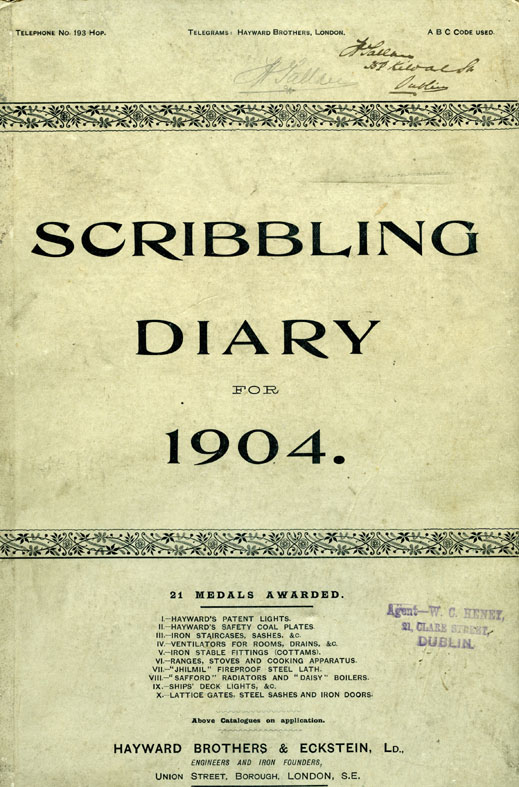
Embarking on his career as an architect, Tallan served a three year apprenticeship with Frederick Shaw of Drogheda. He then moved to Dublin where he worked as an assistant to Frederick George Hicks and subsequently in the office of Batchelor and Hicks when that partnership was formed in the summer of 1905. He started his own practice in Drogheda in the same year but a professional relationship seems to have continued with Batchelor and Hicks for some time at least, with some letters being signed ‘Batchelor Hicks and Tallan’. It is likely this was an informal arrangement, perhaps due to the completion of an existing job, or merely a necessary practicality for a young architect setting out on his own.
The letter book details the wide mixum gatherum of jobs which comprised the daily routine of the provincial architect: the many smaller scale surveys, legal cases, drainage problems, alterations and extensions. However, Tallan also carried out complete commissions, such as ‘Little Neptune’, a double fronted house with bay windows which cost £508, for a Mrs Kelly, just beside the sea in Bettystown, Co. Meath. There were also works for Miss Lyons at No. 20 James Street, Drogheda as well as premises for the St Lawrence Gate Cycle Works, also in Drogheda.
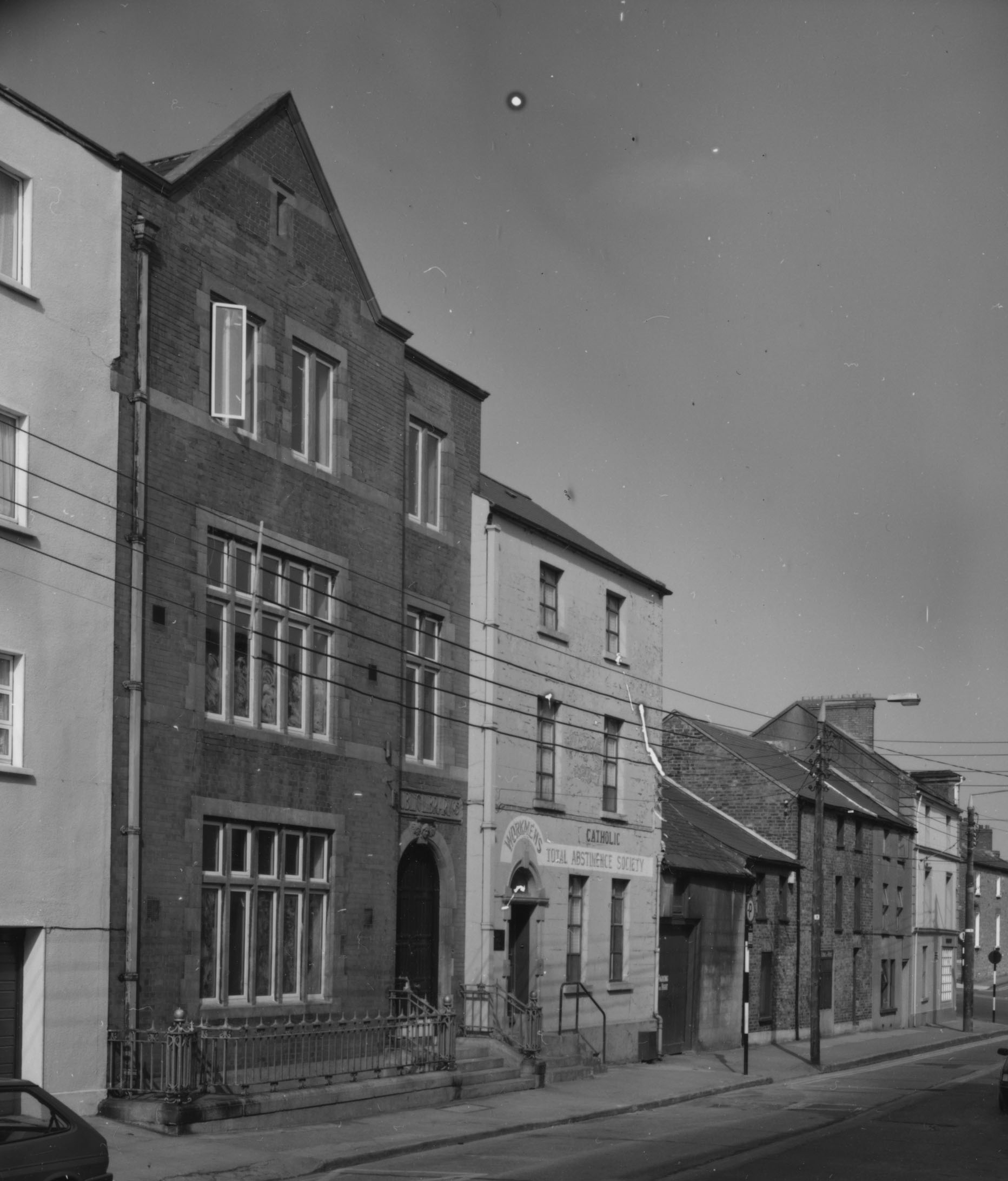
Tallan’s main work, however, was the sizeable project of the Carnegie Library in Drogheda for which his design was selected by competition. From the diary we can see the workload required by such a commission, and the many days which went in to working on the plans. Tallan’s attention to detail was such that several letters deal with the issue of the railings to the front of the building, about which he specifies that ‘the spikes must be close enough together to prevent children getting astride of [them]’. The job went to tender early 1904 and the contract was awarded to Gogarty Brothers; the library was opened by Cardinal Logue 16 April 1906. The letter-book includes a Statement of Account for the building which shows a total cost of £2,315.5.0, of which Tallan’s fee was £108.15.0.
The building is a mid-terrace, three-storey over basement design; it is an elegant, understated facade which carefully fits in with the existing streetscape. Built of red brick with contrasting grey limestone dressings around the windows and door, it has been described as ‘Jacobean Gothic’ in style. Even though it is no longer in use as a library it remains today as a handsome testament to the talent of a hardworking young architect who sadly died long before reaching his prime.
Dr Eve McAulay,
July 2015
